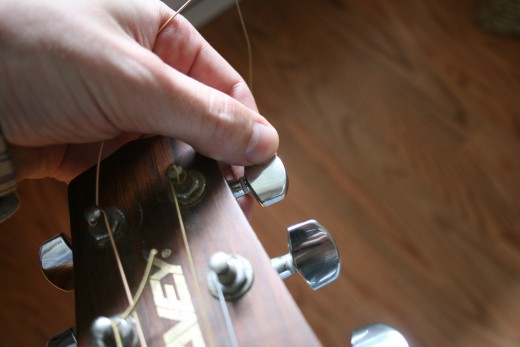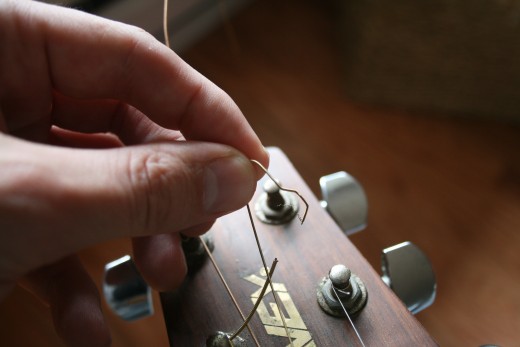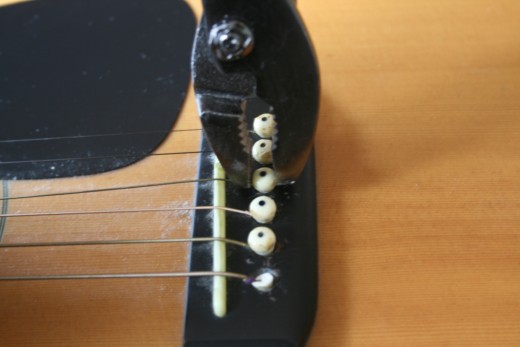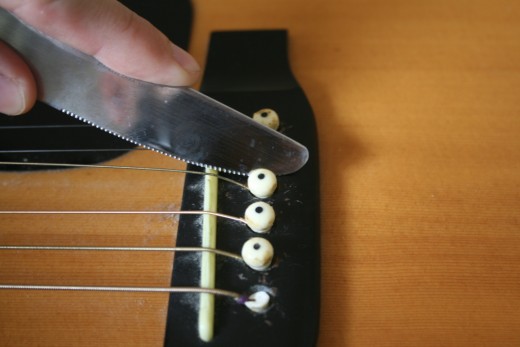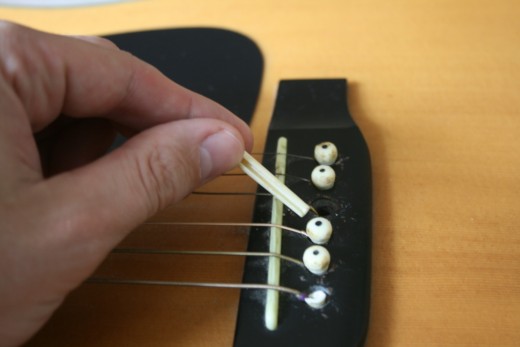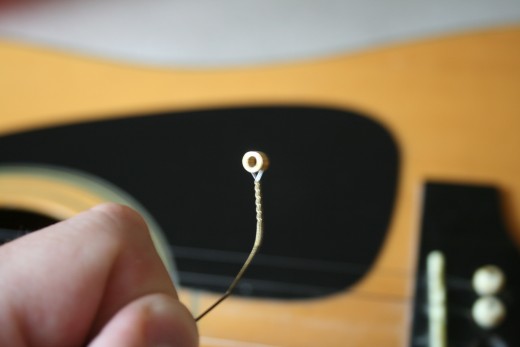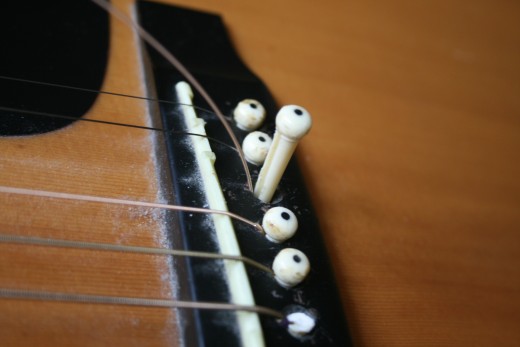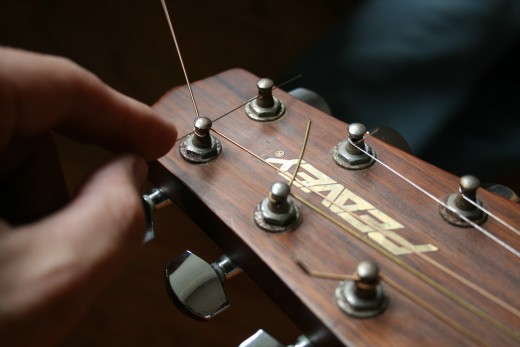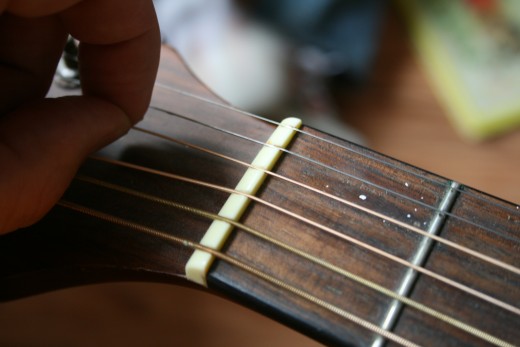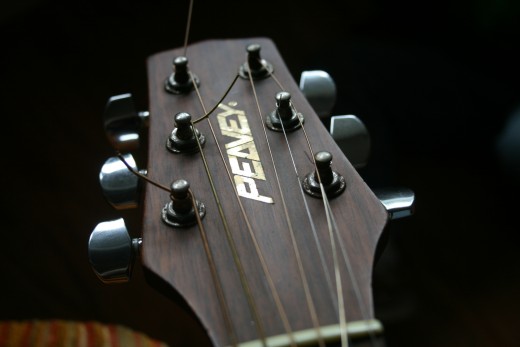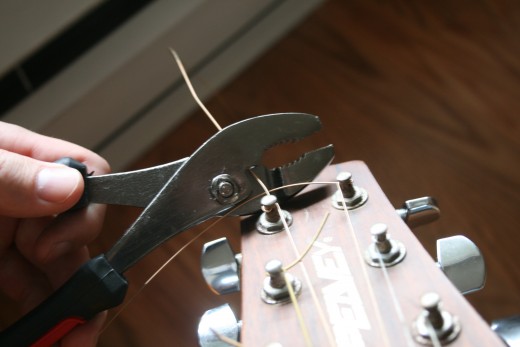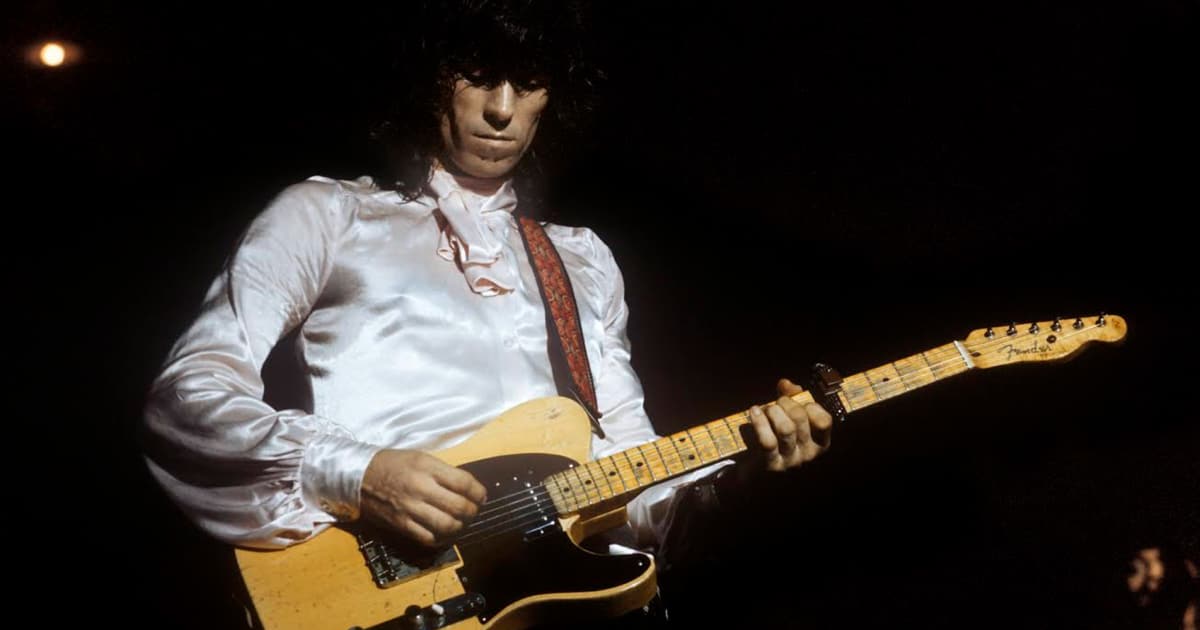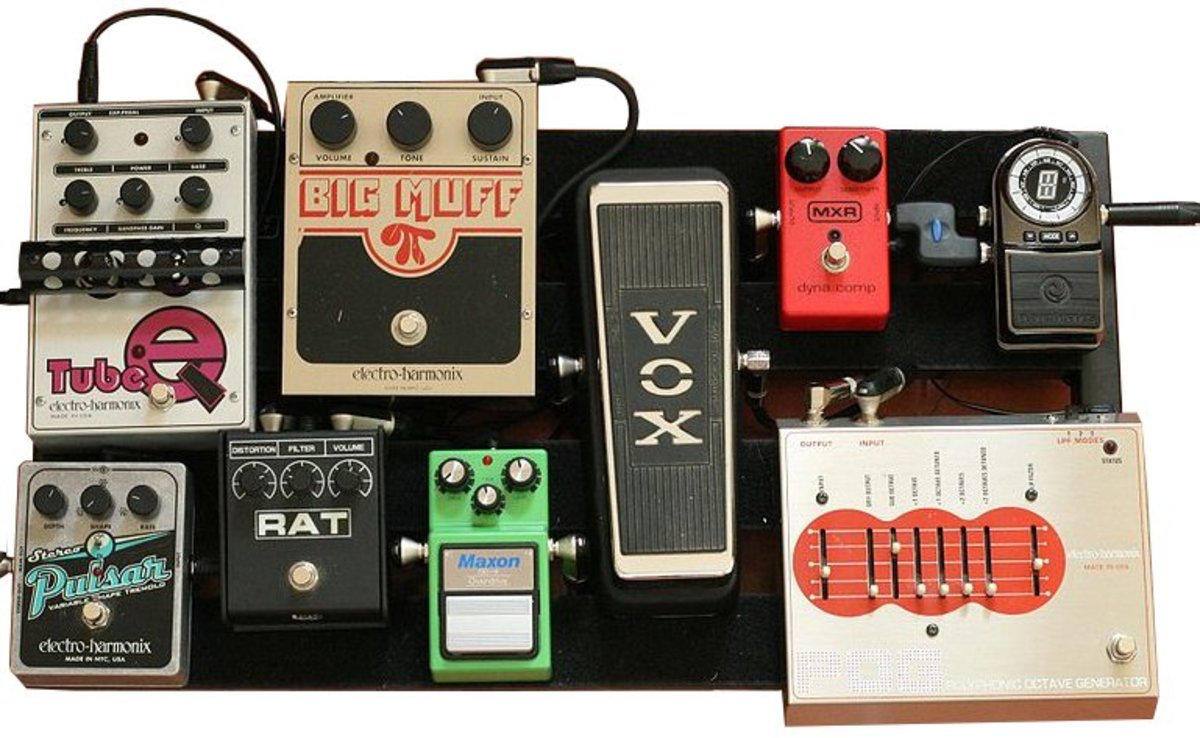How to Change a Guitar String
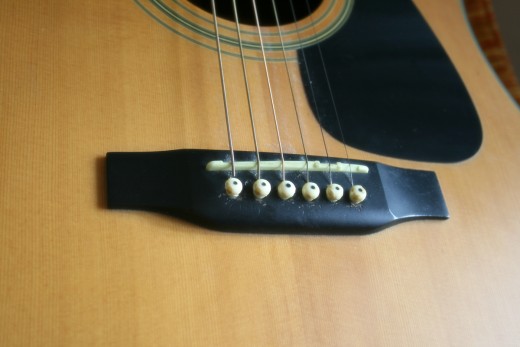
When learning to play the guitar one of the most fundamental things you should learn to do is change a broken string.
String breaks can happen for a number of reasons, from how hard you strum to age of string, and sometimes it just happens. So prepare yourself, a broken string is in your future, and even if it's not, sometimes it's nice to put on some nice new strings.
Learn how to change a guitar string here!
*Before continuing, you should only change one string at a time to avoid a floating bridge from falling! Some items may only be held by your guitar strings.
Tools Needed to Change a Guitar String
- Pliers (or a butter knife in a pinch)
- Wire cutters (to cut excess string, but is not necessary to play)
- New strings
- Optional - a soft rag and guitar cleaner. This is if you want to clean the fret board while you are changing out strings.
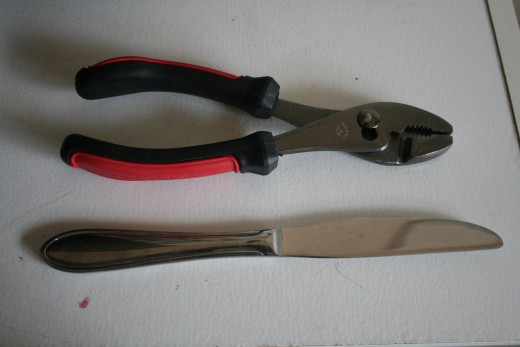
Prepping to Change Guitar Strings
So you should have already collected your items listed above. If you are unfamiliar with what type of strings to buy, you may want to test some out. I prefer thin or ultra thin because it is more twangy and easier to bend. I play more folk style, so you may want to research what type of strings work best for you and your style. Remember, you are learning to change strings, so you can always swap!
Start by finding a sturdy table, or you can use the ground to lay your guitar down.











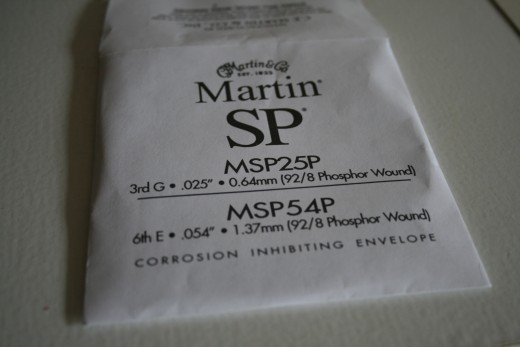
Steps to Changing a Guitar String
- Unwind the string by loosening it up using the machine head (what you turn to tune).
- Once the string is loose, remove it from the head of the guitar. It should now only be attached down at the bridge beneath the bridge pin.
- To loosen the bridge pin, use a pair of pliers to grab the sides of the pin and pull directly up. If you are using a butter knife, situate the knife under the head of the pin and use leverage to rotate the knife to push up under the head of the bridge pin.
- Remove pin and take out rest of string.
- Find the right string in the new pack of strings. Typically they are packaged two different strings per sleeve. If you are unsure of what string goes where, follow the chart to the right.
- Place the new string in the hole, eyelet side. (Meaning, the side of the string with the little knobby eyelet will go into the hole).
- Turn bridge pin so the groove faces the string and push pin down
- Using your hand, pull the string while pushing down on the bridge pin. You want to pull it out until you can feel the eyelet hit against the pin, meaning it will no longer go any further.
- Using the small end of the string, string it through the small hole found on the machine head. Insert it so the string will wind clockwise if on the right side, counter if on the left. You want all strings to come in down through the middle of the head. You will also want the string to sit in the groove found at the top of the fret board.
- Tighten the string while holding a finger on the bridge pin. Sometimes the bridge pin may pop up, simply push it down while continuing to tune.
- Tune your string
- Clip excess string with wire cutters
New Guitar Strings
There are a few things you should know about new guitar strings.
- They will sound more metallic at first, thus setting them apart from other strings. This may be enough of a difference to switch out all your strings so they age together. It is a preference thing.
- Your string will go in and out of tune for a little while. Allow it to stretch and get used to its new home on your guitar. Don't get frustrated if it keeps going out of tune, it is all part of the process.
Different Guitar Bridges
Some guitars will have a different bridge. You may have an acoustic guitar where the string runs up the bottom of the bridge and comes out the top of it, pulling the eyelet up against the bridge itself without bridge pins. You can still use this guide, just minus the need for bridge pins.
This method can also be used for electrics. Some electrics may not use bridge pins, and may even run through the back of the guitar and then up. Follow the path of where you took the string out to replicate and replace.

